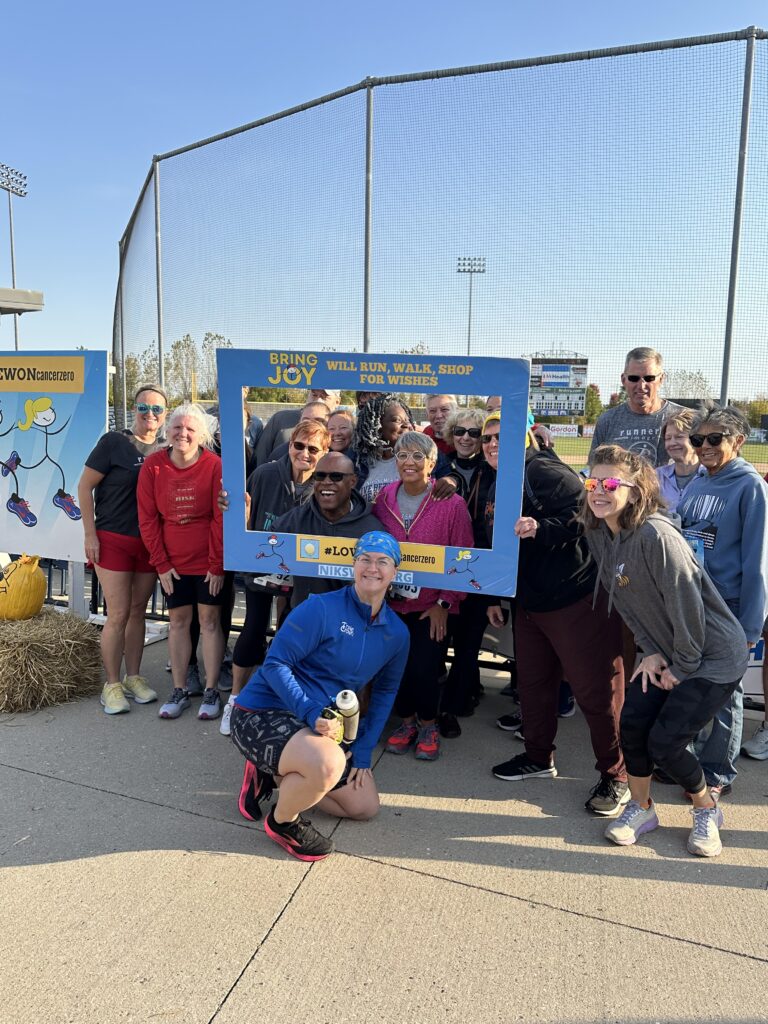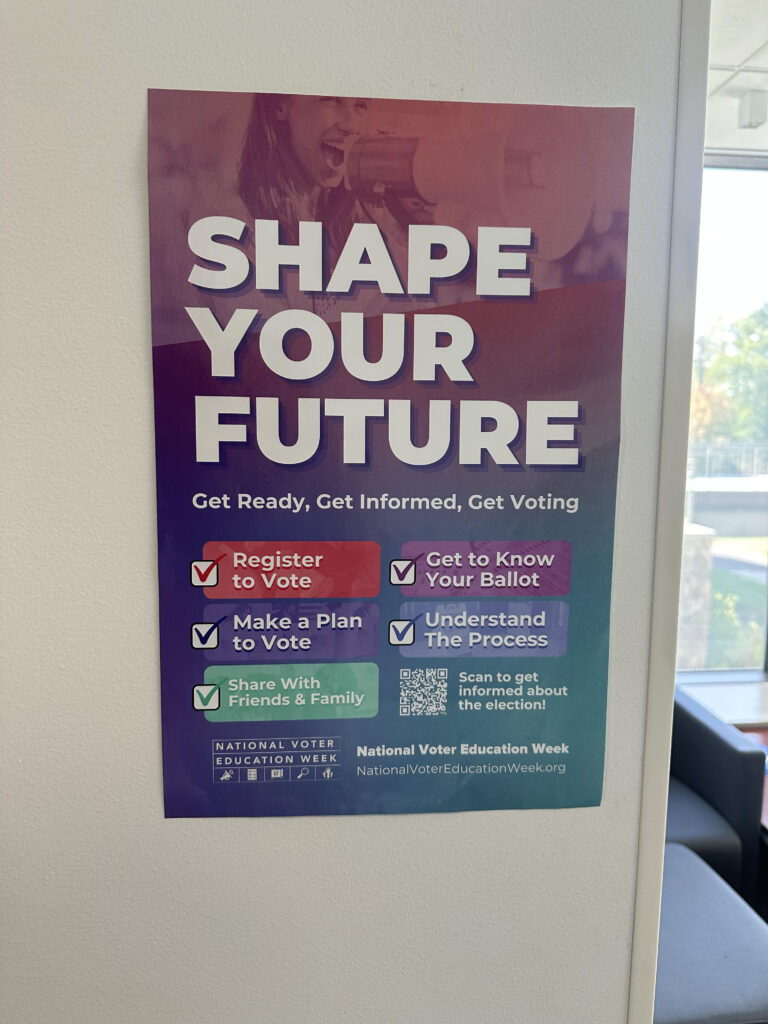
In this Friday, Jan. 18, 2019 image made from video provided by the Survival Media Agency, a teenager wearing a "Make America Great Again" hat, center left, stands in front of an elderly Native American singing and playing a drum in Washington. The Roman Catholic Diocese of Covington in Kentucky is looking into this and other videos that show youths, possibly from the diocese's all-male Covington Catholic High School, mocking Native Americans at a rally in Washington. (Survival Media Agency via AP)

It’s no surprise there are some divisive train of thoughts currently in the mainstream dialogue of the nation.
The more culturally accepted means of this is by asking what news network a citizen watches reveals all of their political and ideological beliefs. The heuristic (shortcut in processes) cognitive biases begins to work as each news alert or update is filtered through a lens or particular viewpoint to further lead the viewer in an information consumption that aligns with their trains of thought. What is or isn’t talked about is at the fault of the news network or at the disposal of opposite networks as credibility is sparred as a main talking point.
The main caveat to all of this though is that journalists and reporting were all vetted and validated to ensure the integrity of each news cycle moving forward. Regardless of whichever belief is followed.
There is a trend of whatever is trending, must be considered canon and segments of time are dedicated to a situation, good or bad, and commentating second for second as the story unfolds.

The most recent glaring example is the whole saga of the Covington Catholic students/ Native American Elder/ Hebrew Israelite’s at the March For Life walk in Washington D.C. You can decide for yourself who is in the wrong, but what happened after is interesting.
Once the 20-second video hit social media outlets, not giving full context to the situation, like a California Wildfire, it took off.
Now there are millions of people interjecting their opinions based off of a biased clip. Influencers who are upstanding good characters to follow were now calling for violence to be taken. Spewing hatred and bigotry contradicting them against all they voiced and stood up for. Verified people, news outlets, and influencers all took to the task of making sure everyone knew who they sided with and what actions should be taken, along with their sided social commentary of the situation.
Hours later the whole video of what took place unfolded was uploaded, and then the same news agencies, influencers, and celebrities redacted or wiped their commentary posts because the initial clip wasn’t what it had appeared to be.

This is easily reminiscent of the Keaton Jones incident. Where his mother filmed him crying about being bullied, he got famous and received much love from celebrities and A-List people to help him out. Then when the reason came out about him being bullied in the first place a few days later, then the embarrassing floodgates of wiping posts and promises came.
I’m not saying this is right or wrong, but the knee-jerk reaction and assessment of the situation were clearly not what it initially appeared to be.
Outrage culture. It’s becoming easier and easier to get upset at a situation and call for the dramatic and over-exaggerated immediate solution without taking into account the backstory of all involved, and how may your knee-jerk reactions affect them long term (also how you look with this digital footprint tattooed to you).
Just take a second and put the phone or tablet away for a minute and breathe. It’s easy when a feed is filled with everyone’s opinions and takes on a situation to jump in and provide intellectual heated comments along with it. What’s it worth, when it is not what it appears to be.
I understand that people feel like they have an issue that they will die on a mountain for (good or bad), but it more often it appears to be a mountain to die on every day. When the more important coverage should’ve been on the day 33 of the government shut down and how furloughed federal workers are now in bread lines due to the inability to cross partisan lines or the highly controversial abortion law passed in New York. The dialogue is sidetracked for two days, because of an instance where individuals interacted with each other and it was recorded.

This conversation can be balanced out a million different ways and that’s good to do. Keeping in mind that our ability to convey a message or a point is more accessible now than ever and at the same time the possibility to affect someone’s life is also the same. Your words and conversations have power.
Lastly, to arrive full circle in our conversation. In Social Psychology classes on campus it’s learned that with heuristics partnered with cognitive biases, whatever you’re looking for, you will find.








